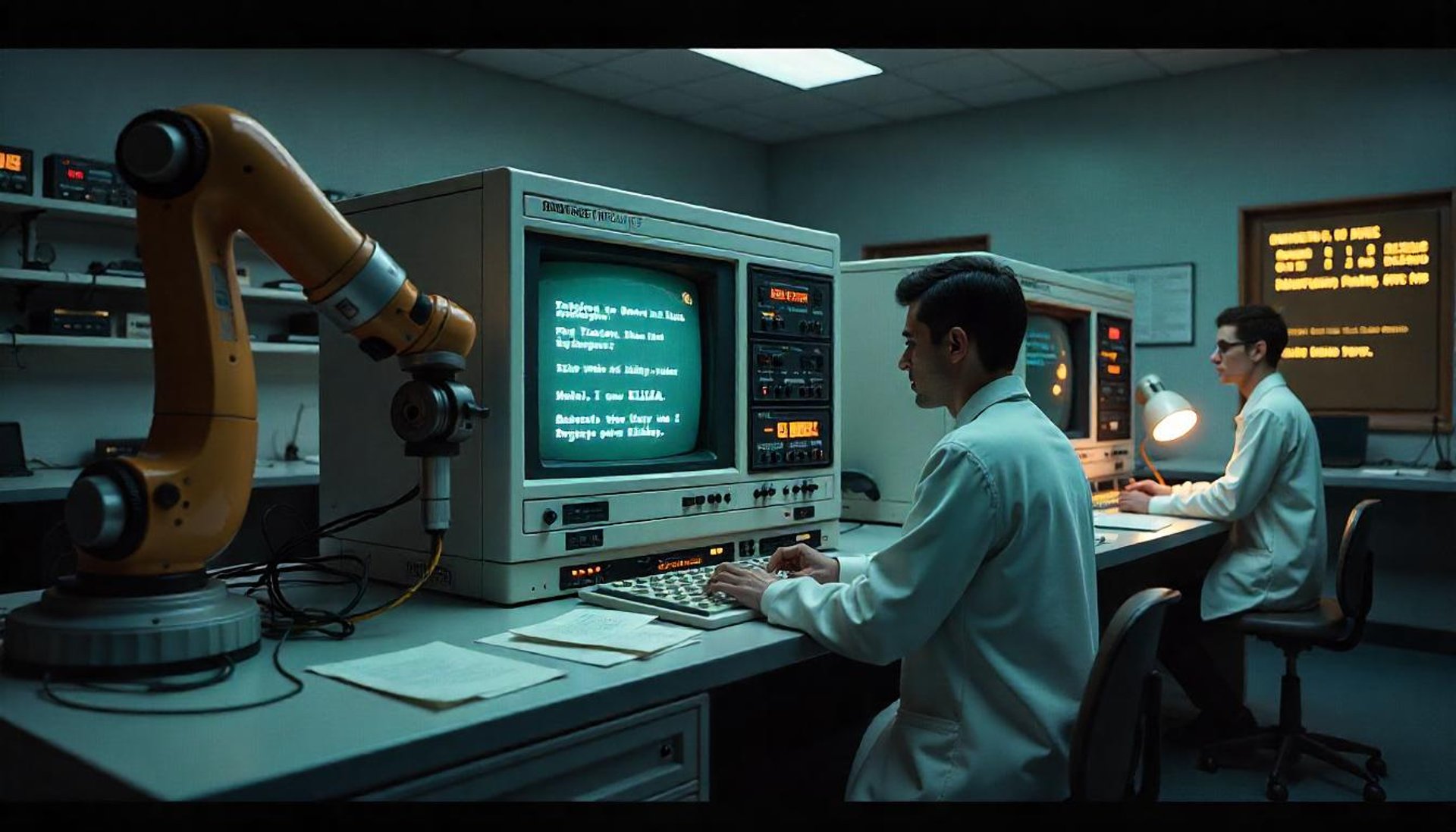
The History of Artificial Intelligence: from Concept to Concern
The History of Artificial Intelligence: Explore the journey of AI from its conceptual roots to modern-day concerns. Discover key milestones, pioneers, and innovations shaping our AI-powered world.
BLOGSAI & ROBOTICSNEWS
AIVO News
3/31/20256 min read
Introduction
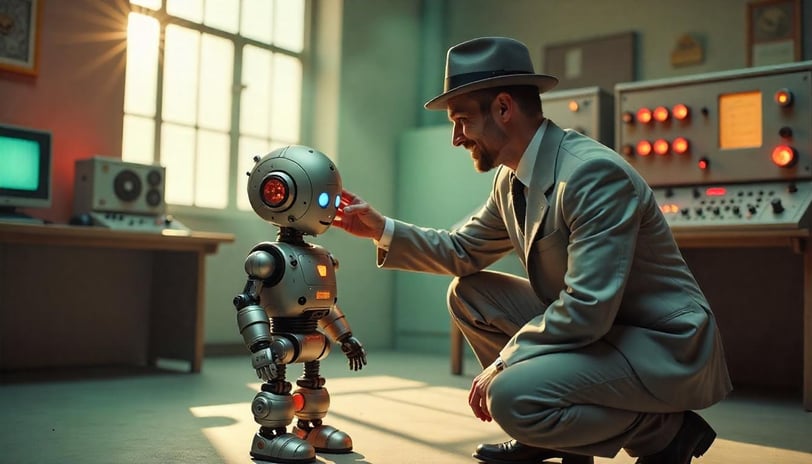

AI has grown so remarkably since its initial definition that a term formerly denoting something like futuristic dreams is today a continuously changing terrain innovating industries. From the early symbolic artificial intelligence to the now-revolutionary transformational role of neural networks, this blog describes the many buildings and congregations that reflected the course history of AI.
Birth of AI

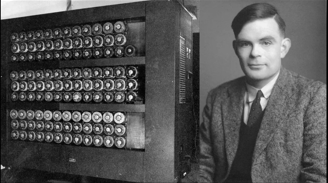
Alan Turing
The concept of artificial intelligence has intrigued men for centuries. The distilling of this idea into a form like the serious pursuit of a scientific discipline has only begun in the mid-20th century.
In 1936, Alan Turing defined the concept of a Turing Machine, which is a theoretical construction to build modern computing and also artificial intelligence. Shortly after, in 1946, the ENIAC (Electronic Numerical Integrator and Computer) was the first general-purpose electronic digital computer built, thereby recording a significant leap in technology.
Then in 1950, Turing published his great paper titled Computing Machinery and Intelligence, establishing the famous Turing Test as a means of assessing a machine's ability to display human-like intelligence. That theoretical basis was laid and acted upon by AI researchers.
Indeed, the formal birth of AI happened in 1956 at the Dartmouth Conference, organized by John McCarthy, Marvin Minsky, Nathan Rochester, and Claude Shannon, to consider the possibilities of machines with minds of their own. That truly seminal event brought forth all the leading researchers in making AI a legitimate field of study.


John McCarthy (Father of AI)
Early Trials and Tribulations
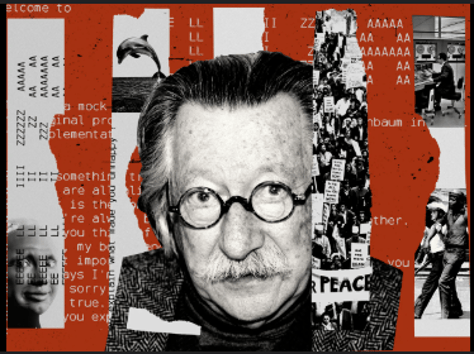
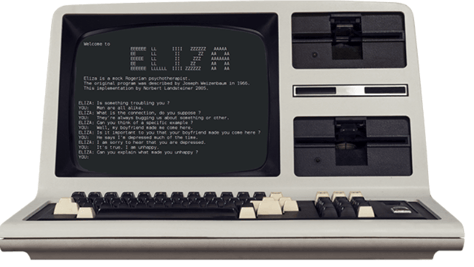


In 1966, Joseph Weizenbaum created ELIZA
Research and progress in AI continued significantly after the Dartmouth Conference. Early systems in AI indeed sought to replicate the human process of reasoning through rule-based systems relying on symbolic logic and pre-defined rules. There were the Logic Theorist programs developed by Allen Newell and Herbert A. Simon, which could prove theorems mathematically. While Arthur Samuel's Checkers-playing program exhibited the capabilities of machine learning.
In 1966, Joseph Weizenbaum created ELIZA, which is one of the very first natural-language processing programs. ELIZA-simulated human conversation using pattern-matching techniques and scripted responses to make it able to read, thus demonstrating how much AI would help human beings in computer interaction.
Despite such achievements, weaknesses existed in AI systems. These needed to be knowledgeable about the real world in order to accomplish everything, and they could just hardly adapt to fresh unfamiliar environments without programmed transformations. Towards the end of the 1960s, the novelty began to wear off, and the faith in AI succumbed to skepticism regarding its viability.
The Rise of Neural Networks
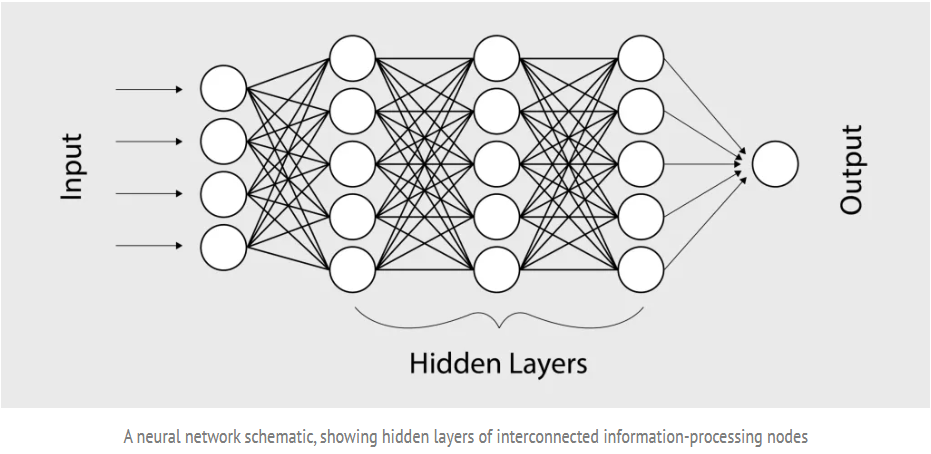

Symbolic AI attempted to incorporate in competition with an artificial neural network. Such networks are connections that imitate the concept of the human brain and process and learn information from such input through neurons.
The Perceptron had been introduced in 1958 by Frank Rosenblatt, who engineered a rather simple neural network that could recognize patterns. But, obviously, this Perceptron was limited in that it could not solve deep problems. This created a storm of criticism by several researchers like Marvin Minsky and Seymour Papert, which gave birth to the first artificial intelligence winter: a period when funding and interest dwindled in research into artificial intelligence.
AI winter 70, 80
The years of 1970 to 1980 were a stormy time for AI, where exaggerated expectations combined with actual performance failures led to investor and policy skepticism. Cash dried up, and AI research stagnated.
AI, however, thrived in niche markets. Consulting systems were rule-based systems that mimicked the human process of decision-making in fields as diverse as medicine, engineering, and finance. In addressing such domain-specific problems, these applications helped to demonstrate the usefulness of AI while keeping research alive.
Revival: Machine Learning and Big Data
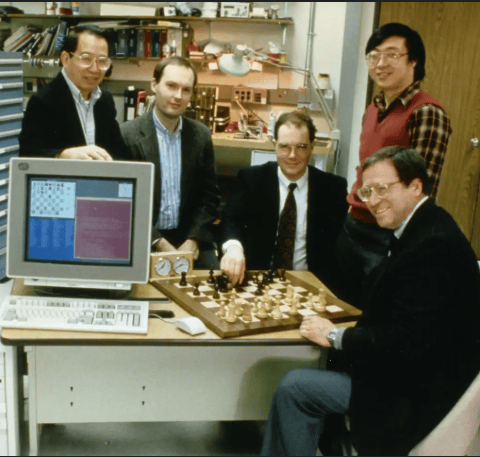

Deep Blue (of IBM)
The resurgence of AI occurred in the late 1990s and early 2000s, propelled by increased computing power and the mushrooming of data in digital forms. This capacity was realized through machine learning algorithms, where systems learned from large datasets.
A new point in history of achievement happened in 1997 when the Deep Blue (of IBM) triumphed against Garry Kasparov, the world champion in chess. Deep Blue's victory simply dramatized AI's possible penetration into strategic decision-making and rekindled public interest.
Geoffrey Hinton and Neural Networks
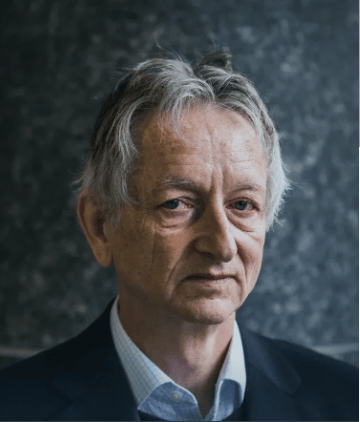

Geoffrey Hinton "The Godfather of AI."
Geoffrey Hinton, a British-Canadian computer scientist, is now the most important figure in the AI resurgence. The model of backpropagation, in Hinton's work, focused intimately on training artificial neural networks and resolved the primary problems that thwarted the performance of earlier models.
In 2006, he presented the specific category of deep learning algorithms for image recognition called convolutional neural networks (CNNs), which in turn could detect patterns in images with unprecedented accuracy, with impact in areas such as computer vision and natural language processing. Thus, he was given the title of "The Godfather of AI."
The Big Bang of AI was ImageNet and AlexNet.
In 2012, Hinton and his students entered the competition with their CNN model, AlexNet. As with ImageNet, this model broke accuracy records and left previous algorithms far behind in the performance rankings. This win marked the beginning of "the Big Bang" for AI, moving deep learning into mainstream use.
What the success of AlexNet demonstrated was the power of GPUs - Graphics Processing Units - to speedy up ray neural network training. Originally a company that built graphics hardware for gaming, NVIDIA rode the wave as it shifted focus to artificial intelligence. Under the leadership of CEO Jensen Huang, NVIDIA today has transformed from a graphics-based organization into a dominant force in AI hardware, supplying the computational processing power essential for deep learning.
Google, DeepMind and AlphaGo
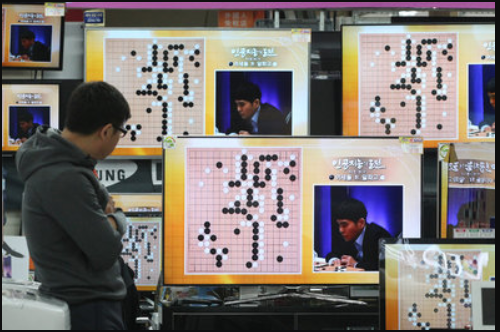

AlphaGo
These recognized AI to be a disruptive technology in the future, so they threw big bucks into AI research. For instance, in 2014, Google bought DeepMind, an artificial intelligence startup that was founded in the United Kingdom by Demis Hassabis. DeepMind received its first big splash in 2016 after its AlphaGo program defeated the world's top Go player Lee Sedol in a public match. That game was used to demonstrate how AI could learn to be strategic in complex play through reinforcement learning.
Founded as a response to fears of AI monopolies, OpenAI was created in 2015 by Elon Musk, Sam Altman, and other tech leaders. Their goal was to ensure everyone would benefit from the safe development of artificial intelligence. OpenAI encountered some challenges as it sought initial funding, but the company later received further funding from Microsoft. Further, ChatGPT was launched in 2022, and powered by large language models, became known as the fastest consumer app in history to reach 100 million users.
The Landscape of AI Today
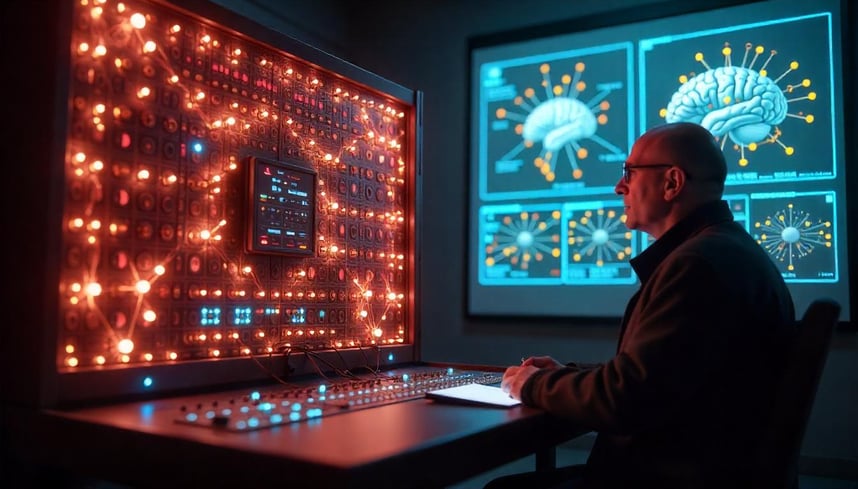

Today, AI finds its application in everything-from virtual assistants and recommendation systems to text, audio, and image-generation models. NVIDIA, Microsoft, OpenAI, and other players claim the largest market share in AI, collectively spending billions every year on artificial intelligence startups.
Innovating new solutions in healthcare, finance, automotive, and other industries, AI is altering the face of every sector it touches. Advancements in AI hardware and software will accelerate breakthrough discoveries yet to come.

source : Putchuon - "Put You On"
#ai | #aivonews | #latestainews | #latestainewsandupdates | #ainews | #aistalk | #aiGAMING| #chatgpt | #openai | #AISIMULATOR| #aivonews.com | #humanoidrobots | #dobot | #AIANDRObotics | #mistral3.1 | #mistralsmall3.1 | #orchestrator | #Adobe | #adobeai | #orchestratorai | #NVIDIA | #NVIDIAgtc2025 | #ROBOTS | #selfreplication | #AIcloning | #gemini2.5 | #google | #chatgpt | #Ai cancer detection
Stay updated with the latest AI news and tools.
Connect
© 2024. All rights reserved.
